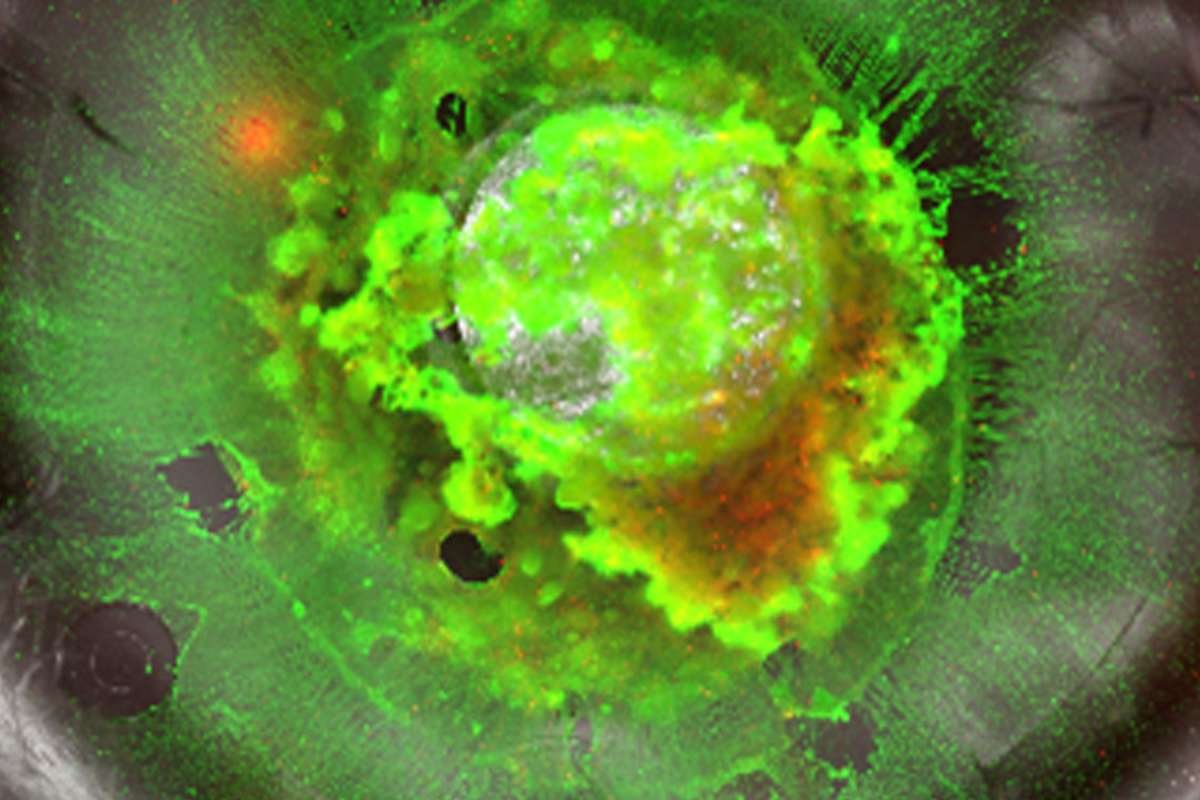Pre-eclampsia is a serious pregnancy condition that is typified by elevated blood pressure and possible organ damage, especially to the kidneys and liver. In order to better understand, this section explores its symptoms, risk factors, and the mysterious interaction of circumstances that led to its emergence. We set out on a trip through the complex landscape of pre-eclampsia in an effort to shed light on the dynamics that define this pregnancy-related condition, from its prevalence to the difficulties in early detection.
Here are 6 points that help to understand pre-eclampsia:
1. The Enigma of Pre-eclampsia: Etiology and Risk Factors
The origins of pre-eclampsia remain elusive, encompassing a blend of genetic, environmental, and immunological factors. This section explores the enigma surrounding the etiology of pre-eclampsia, examining how a woman’s genetic makeup, immune response, and vascular health converge to influence the development of this disorder. Unravel the complex web of risk factors, from a woman’s age and family history to underlying health conditions, that contribute to the heightened susceptibility to it.
The intricate nature of pre-eclampsia’s etiology involves a delicate interplay of various elements within a woman’s physiology. Genetic predispositions play a pivotal role, as certain genetic factors can influence an individual’s susceptibility to it. Investigating the genetic makeup unveils potential clues regarding the predisposition of some women to this disorder, while familial patterns shed light on the hereditary aspects that contribute to its occurrence.
Moreover, the immune response emerges as a crucial component in the enigma of it. The delicate balance of immune mechanisms during pregnancy is intricate, and disruptions in this balance can trigger an inflammatory response, impacting vascular health. The immune system’s role in regulating the intricate dance between maternal and fetal tissues further deepens the complexity of pre-eclampsia’s origins.
Vascular health, encompassing the functionality of blood vessels and the cardiovascular system, stands as a key player in pre-eclampsia’s etiological landscape. Dysfunction in blood vessel development and function can disrupt the delicate equilibrium required for a healthy pregnancy, potentially leading to the manifestation of symptoms.
As we navigate through the layers of pre-eclampsia’s enigma, the integration of genetic, immune, and vascular factors into a comprehensive understanding emphasizes the need for personalized approaches to prenatal care. Unraveling this complexity opens avenues for targeted interventions, offering hope for enhanced risk prediction, early detection, and ultimately more effective strategies for preventing and managing it.
2. Diagnostic Challenges: Navigating the Path to Early Detection

Early detection of pre-eclampsia is crucial for effective management and improved maternal-fetal outcomes. This section dissects the diagnostic challenges inherent in pre-eclampsia, exploring the limitations of current screening methods and the quest for more reliable biomarkers. Dive into the advancements in prenatal care and diagnostic tools that aim to enhance our ability to identify it in its early stages, offering a glimpse into the evolving landscape of prenatal healthcare.
3. Impact on Maternal and Fetal Health: Unraveling the Consequences
Pre-eclampsia’s repercussions extend beyond the confines of pregnancy, impacting both maternal and fetal health. This section navigates through the potential consequences of it, from the increased risk of cardiovascular disease in mothers to the challenges faced by the developing fetus. Explore the intricate dynamics of how this pregnancy disorder reverberates through the maternal-fetal unit, shaping the health trajectories of both individuals involved.
The repercussions of pre-eclampsia extend far beyond the temporal boundaries of pregnancy, leaving lasting imprints on both maternal and fetal health. For mothers, it is not merely a transient complication but a potential precursor to long-term health challenges. The increased risk of cardiovascular disease emerges as a significant concern, underscoring the importance of recognizing it as more than a gestational issue.
Also Read: Mini-Placentas Cultured In A Lab Provide Insight Into Pregnancy Problems Including Pre-Eclampsia.
Maternal cardiovascular health bears the brunt of pre-eclampsia’s impact, with studies revealing a higher likelihood of hypertension, stroke, and other cardiovascular conditions in women who experienced it during pregnancy. The vascular dysfunction that characterizes pre-eclampsia appears to cast a shadow that extends well into the postpartum years, emphasizing the need for comprehensive cardiovascular monitoring for affected mothers.
Simultaneously, the developing fetus faces its own set of challenges when it complicates pregnancy. The placenta, the critical interface between mother and fetus, often bears the brunt of pre-eclampsia-induced stress. Reduced blood flow to the placenta can result in inadequate nutrient and oxygen supply to the developing fetus, leading to intrauterine growth restriction (IUGR) and potentially impacting the baby’s overall health.
The intricate interplay of these consequences underscores the importance of vigilant postpartum care for mothers who experienced it. Monitoring cardiovascular health, addressing potential long-term risks, and ensuring the well-being of the newborn are integral components of comprehensive post-pregnancy care in the aftermath of pre-eclampsia. As we unravel these consequences, a holistic approach to maternal and fetal health emerges, recognizing the profound and lasting impact of pre-eclampsia on the individuals involved.
4 Management Strategies: Nurturing Healthy Pregnancies Amidst Challenges

While pre-eclampsia poses significant challenges, effective management strategies exist to mitigate its impact. This section delves into the spectrum of approaches aimed at managing it, from lifestyle interventions to pharmacological therapies. Uncover the role of regular prenatal care, blood pressure monitoring, and close medical supervision in navigating pregnancies complicated by pre-eclampsia, offering insights into the collaborative efforts of healthcare professionals and expecting mothers.
5. The Road Ahead: Research, Awareness, and Future Perspectives
Advancements in pre-eclampsia research, coupled with increased awareness, pave the way for a better understanding and management of this pregnancy disorder. This section explores ongoing research endeavors seeking to unravel the mysteries of pre-eclampsia, from genetic studies to the exploration of novel therapeutic avenues. Dive into the societal impact of raising awareness about pre-eclampsia, fostering a dialogue that transcends medical boundaries. Peer into the future, envisioning a landscape where innovative interventions and a deeper understanding of pre-eclampsia contribute to safer pregnancies and healthier outcomes.
6. Nurturing Maternal Well-being: Holistic Approaches to Pregnancy Health

Beyond the realms of pre-eclampsia, this section emphasizes the importance of holistic approaches to maternal well-being during pregnancy. Explore lifestyle factors, mental health considerations, and the role of community support in nurturing a positive and healthy pregnancy experience. Recognize the interconnected nature of maternal health, underscoring the significance of comprehensive care that extends beyond medical interventions.
Conclusion: Empowering Pregnancies, Ensuring Healthier Beginnings
In summary, pre-eclampsia presents a complex problem within the context of pregnancy that necessitates thorough comprehension and proactive care. The basic objective of this illness is still to empower pregnancies and ensure that moms and their unborn children have better starts, even as we work through its complexities. The healthcare system works to change via research, education, and teamwork, providing expectant women with a better future and highlighting the fundamental role that maternal health plays in influencing future generations.











